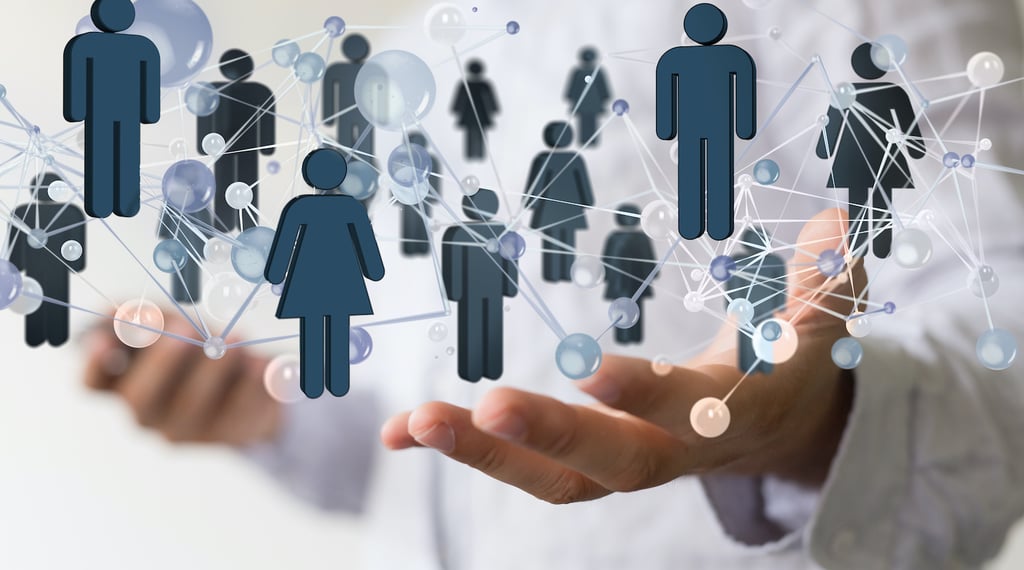
How to Properly Manage Data Center Emergencies

Vested interests in the IT industry have a lot riding on the hope that the enterprise will want to keep some of its infrastructure in-house rather than push everything onto the cloud as the decade unfolds. But this is only likely to happen if on-premises hardware is low-cost, highly scalable and maintains a tight footprint.
This is why so many designers are touting converged and hyper-converged infrastructure. By filling small, modular appliances with massive computing, storage and networking capabilities, converged solutions will offer an efficient means to support critical workloads without sending data beyond the corporate firewall.
Expect CI and HCI to take the lion’s share of the IT narrative in the coming year, says NetApp’s Lee Caswell. By breaking down the barriers between servers, storage and compute, convergence not only simplifies hardware infrastructure, but makes it easier to manage as well. Admins will finally be able to shake off the tedium of hardware integration and focus on the more productive aspects of software innovation. This is why 451 Research predicts that 40 percent of enterprises plan to increase spending on converged solutions in the coming year.
Deploying converged infrastructure is not a simple matter of powering down legacy systems and plugging in a new box, says HPE’s Rob Strechay. A successful CI deployment will focus on key attributes like scalability, simplicity and a high degree of data fluidity. At the same time, it should feature agnostic components that accommodate a variety of form factors, data types and virtual platforms, all the while enabling data availability and protection suitable for today’s highly dynamic and increasingly mobile-facing data environment. If done right, convergence should result in a fully integrated stack that eliminates the siloing and complexity that currently hamper data performance in the enterprise.
Converged architecture might feature “all-in-one” hardware, but this does not mean it must be limited to general-purpose applications, says Microsoft’s Orin Thomas. Rather, a number of converged platforms are hitting the channel that focus on specific functions like virtual desktops, Exchange Server, SAP and even container-based workloads. This further eases the administrative burden because infrastructure can be optimized to overcome the specific bottlenecks that plague some workloads but not others. As well, firmware and driver updates can be implemented more cleanly, and development paths are optimized for specific use cases rather than plain vanilla computing.
Expect converged infrastructure to become more powerful in the coming years as vendors integrate a range of enabling technologies into their platforms. Already, Flash-based systems are giving way to in-memory solutions, which themselves are benefiting from new levels of software definition from vendors like Plexistor. The company’s Software-Defined Memory (SDM) utilizes both high-speed memory and more traditional forms of storage to provide the speed, capacity and persistence demanded by modern applications. The solution should be of particular benefit for Dev/Ops, which can now concentrate on core capabilities rather than stripping out functionality in order to conform to storage and I/O constraints.
Lean, mean and green. That seems to sum up the future of what will remain of enterprise infrastructure as virtual, cloud-based architectures take over the stack. Converged solutions might not look like much, nor run as hot or as loud, but they will get the job done.
Arthur Cole writes about infrastructure for IT Business Edge. Cole has been covering the high-tech media and computing industries for more than 20 years, having served as editor of TV Technology, Video Technology News, Internet News and Multimedia Weekly. His contributions have appeared in Communications Today and Enterprise Networking Planet and as web content for numerous high-tech clients like TwinStrata and Carpathia. Follow Art on Twitter @acole602.











